** “Teaching for a Lifetime: The Journey of Home Dog Training” **
** Introduction to Dog Training At Home **
Picture this: You’re cozying up on your couch with your furry best friend, but suddenly, chaos begins because your dog decides to re-decorate your living room with his favorite chew toy. sounds familiar? Welcome to the world of dog ownership, where love and mischief go hand in hand. But don’t be afraid! With a little dedication and some strategic planning, you can transform your home into a haven of obedience and harmony through dog training at home.
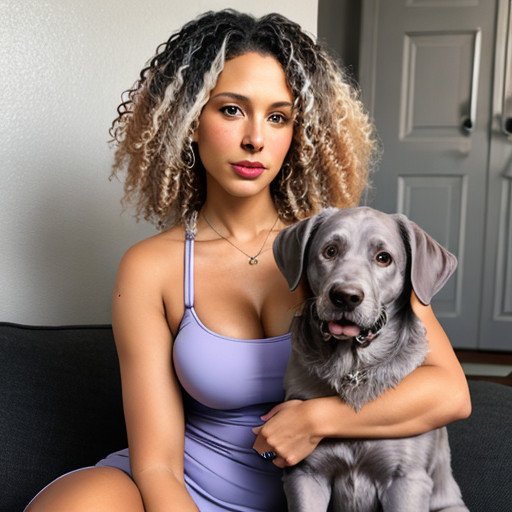
Table of Contents
Starting your dog training journey at home isn’t just about teaching your pet a few tricks; It’s about fostering lifelong bonds built on trust, respect and communication. Whether you’re dealing with a mischievous puppy or an older dog like him, the principles of home-based dog training remain the same: patience, consistency, and positive reinforcement.
In this guide, we’ll dive into the wonderful world of dog training at home, offering practical tips, easy-to-follow techniques and real-life anecdotes to help you navigate the ups and downs of dog education. From mastering basic commands to addressing annoying behavioral issues, We will equip you with the tools and knowledge needed to unleash your dog’s full potential and create a harmonious home environment for both you and your beloved companion. So, grab your leash and let’s go on this profitable journey together!
Understanding Your Dog’s Needs ;
Understanding your dog’s needs is the cornerstone of successful dog training at home. Like humans, dogs have their own personalities, quirks, and preferences, which can greatly influence their behavior and response to training. By taking the time to understand your furry friend’s unique needs and characteristics, you can tailor your training approach to their individual learning style and temperament.
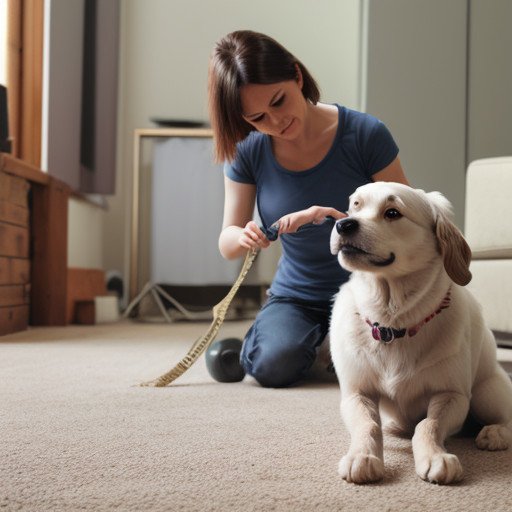
Start by observing your dog’s body language, energy level, and reactions to different situations. Is your pup a social butterfly who craves attention, or does he prefer quiet moments of solitude? Is she easily distracted by sights and sounds, or is she completely focused on her work? Understanding these nuances will help you establish a strong foundation for effective communication and bonding with your canine companion.
Also, consider factors such as breed tendencies, age, and past experiences when designing your training program. For example, herding breeds like Border Collies may have natural instincts to chase and bite, while older dogs may need more patience and gentle encouragement to learn new behaviors.
By putting yourself in your dog’s paws and seeing the world from their perspective, you will not only deepen your connection but also set the stage for a successful and fulfilling journey of dog training at home.
Creating a Positive Training Environment ;
Creating a positive training environment is like laying the foundation of a strong home – it sets the stage for success in training your dog throughout the home journey. Imagine your home as a classroom, and you are the teacher and your cute student is eagerly awaiting instruction. To ensure a smooth journey, it is important to create an environment of positivity, patience and encouragement.
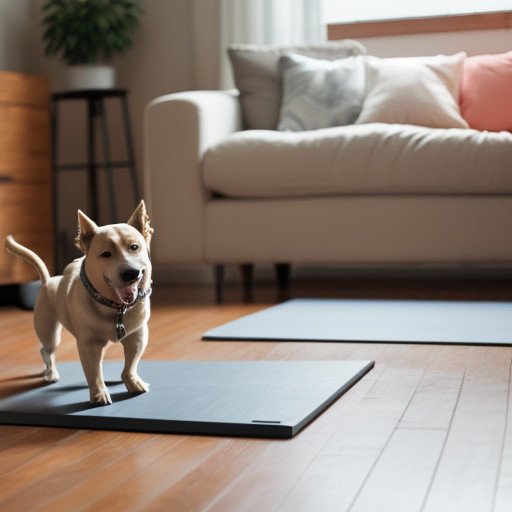
Start by designating a specific area in your home as your training space. This could be a quiet corner of the living room or a spot in the backyard where you and your dog can concentrate without distractions. Remove any potential hazards or temptations that could derail your training session, such as loose cables or tempting dishes within reach.
Next, gather your training equipment and rewards – think treats, toys, and a clicker if you’re using it – and keep them handy for quick access during your session. Set the mood with upbeat energy and a can-do attitude, and don’t forget to give your protégé praise and affection for every small victory.
Remember, consistency is the key! Try to stick to a regular training schedule and keep sessions short and engaging to prevent boredom or frustration. With a little creativity and a lot of love, you’ll soon turn your home into a great training ground where learning will be fun and beneficial for both you and your furry friend.
Basic Training Techniques ;
Mastering basic training techniques is like teaching your dog the ABCs of good behavior – it lays the foundation for a well-behaved and obedient companion in training your dog in domestic travel. Let’s break it down into simple steps that even your furry friend can understand!

First of all, consistency is important. Whether you’re teaching sit, stay, come or heel, be sure to use the same commands and gestures every time to avoid confusion. Keep training sessions short and sweet, focusing on one command at a time to avoid stress.
Next, let’s talk about positive reinforcement – it’s like giving your dog a gold star for a good job! Whenever your puppy successfully follows a command, praise him, give him a treat or his favorite toy to reinforce the desired behavior.
Patience is your secret weapon in the world of dog training at home. Remember, Rome wasn’t built in a day, and neither is any perfectly trained dog. Take small steps, celebrate small wins, and always end each session on a positive note.
With consistency, positivity, and lots of patience, you’ll soon have your furry friend mastering the basics like a pro, setting the stage for even more advanced training adventures ahead!
Addressing Behavioral Issues ;
Resolving behavioral issues in training your dog at home is like solving a puzzle – it requires patience, understanding, and a keen eye for clues. From persistent barking to destructive chewing, every behavior has a root cause, and it’s up to you to play detective and uncover the underlying triggers.
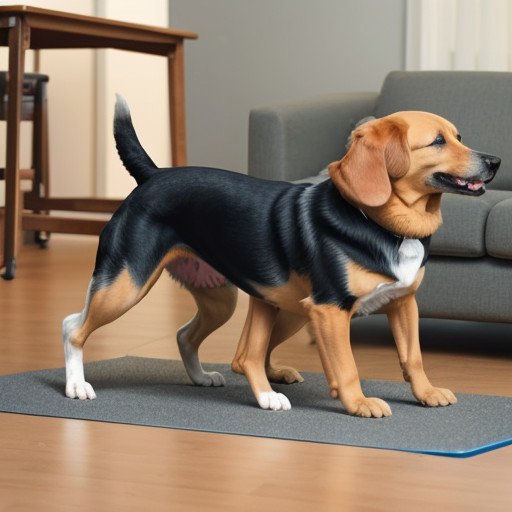
Start by identifying specific behaviors that need to be addressed and observing when and where they occur. Is your puppy chewing furniture out of boredom or anxiety? Is excessive barking a sign of territorial behavior or a sign of attention seeking?
Once you’ve identified problem areas, it’s time to implement targeted solutions. This may involve redirecting your dog’s energy toward more appropriate outlets, such as interactive toys or puzzle feeders, or teaching them alternative behaviors through positive reinforcement techniques.
Consistency is important when addressing behavioral issues, so be sure to consistently reinforce desired behaviors and redirect or ignore unwanted behaviors. And don’t forget to practice patience – Rome wasn’t built in a day, and behavior change takes time.
With a little detective work, patience, and positive reinforcement, you’ll soon have your furry friend on the path to better behavior and a happy, harmonious home.
** Training Tools and Equipment **
Exploring the world of training tools and equipment in training your dog at home is like discovering a treasure trove of aids to help you and your furry friend reach your goals. From leashes to clickers, each tool serves a specific purpose in enhancing communication and reinforcing positive behavior.
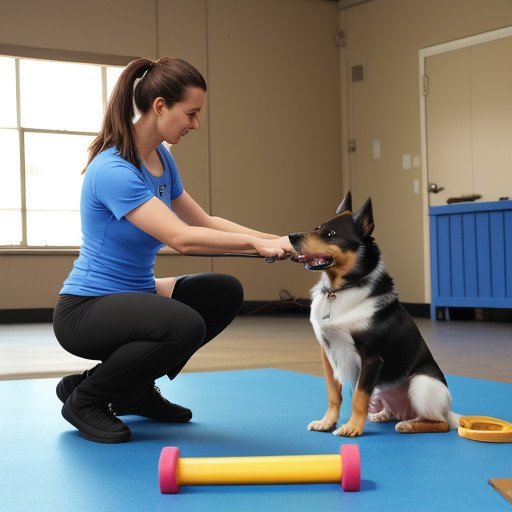
Let’s start with the basics: A strong leash and collar are essential for teaching leash etiquette and ensuring safety during walks. Choose a comfortable, well-fitting collar that won’t fray or cause discomfort, and choose a leash that gives you control without restricting your dog’s movement.
Next, consider adding a clicker to your training toolkit. This useful tool emits a specific sound that signals when your dog has performed the desired behavior, making it a powerful tool for precision training.
Treats are another invaluable resource in your training arsenal, serving as tasty rewards for good behavior and motivating your puppy to learn new skills. Choose high-quality, bite-sized treats that your dog will find irresistible, and use them sparingly to maintain their effectiveness.
Other useful training aids include interactive toys, target sticks and training mats, each designed to add variety and engagement to your training sessions.
By selecting the right tools and equipment for your dog’s needs and training goals, you will set yourself up for success in your dog training at home endeavors, leading to a lifetime of joyful learning and bonding with your furry companion.
Consistency and Patience ;
Consistency and patience in training your dog on domestic adventures are the dynamic duo of success, acting as guiding stars that illuminate the path to obedience and harmony. Think of them as the steady hand steering your ship through the sometimes choppy waters of canine education.
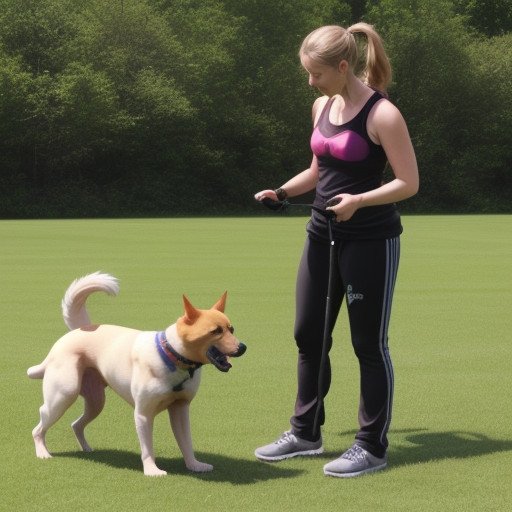
Consistency means maintaining your training routine like clockwork, using the same commands, gestures, and expectations day after day. Whether it’s practicing sit-stay or reinforcing good leash manners, repetition is the key to reinforcing desired behaviors in your furry friend’s repertoire.
Patience, on the other hand, is the light breeze that keeps your sails full even when progress is slow. Rome wasn’t built in a day, and neither is any perfectly trained dog. Take each training session one step at a time, celebrate small wins and reframe setbacks as learning opportunities.
Remember, your dog is learning just as much as you are, and each interaction is a chance to strengthen your bond and build trust. So take a deep breath, embrace the journey, and know that with persistence and patience on your part, you and your furry friend can conquer any training challenge that comes your way.
Troubleshooting and Seeking Professional Help ;
Dealing with the ups and downs of the road while training your dog for domestic travel is like solving a puzzle – sometimes you need a little extra help to find the missing pieces. When you encounter an obstacle or face challenges that seem insurmountable, don’t be afraid to reach out for support and seek professional help.
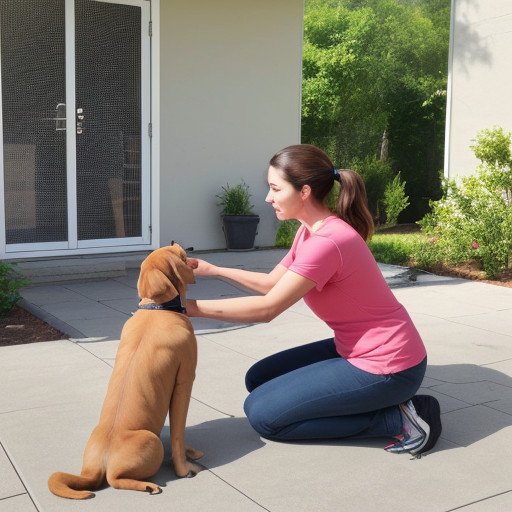
Start by troubleshooting the problem yourself. Take a step back and reevaluate your training methods, environment, and goals. Are you consistent in your approach? Are there any underlying factors contributing to problem behavior?
If you find yourself stumped or overwhelmed, it’s time to call in the experts. Professional dog trainers and behaviorists have the knowledge and experience to identify the root cause of behavioral problems and develop personalized training plans tailored to your dog’s specific needs.
Don’t see seeking professional help as a sign of failure – it’s a proactive step toward finding effective solutions and building a harmonious relationship with your beloved partner. With the guidance of a skilled professional, you’ll be equipped with the tools and knowledge to overcome obstacles and continue progress in your training journey at home.
** Conclusion **
As you finish training your dog on the trip home, it’s time to reflect on the progress you’ve made and the bond you’ve formed with your furry friend. From mastering basic commands to overcoming behavioral challenges, you’ve embarked on a rewarding adventure filled with love, patience, and lots of tail wagging.
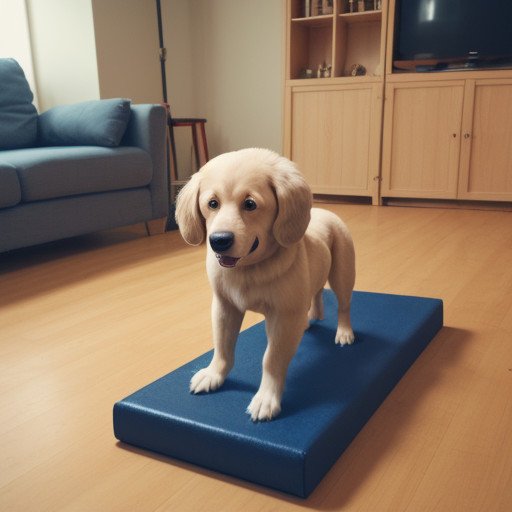
Remember, the journey doesn’t end here – it’s the beginning of a lifelong partnership built on trust, understanding and mutual respect. Continue to strengthen your relationship with your dog through consistent training, positive reinforcement, and spending lots of quality time together.
Although there may have been many ups and downs along the way, each obstacle was an opportunity for growth and learning, strengthening the bond between you and your furry companion. Whether you’re teaching new tricks or reinforcing good manners, the key is to approach each training session with enthusiasm, patience, and an open heart.
So, as you say goodbye to this chapter of your training journey, know that the skills you’ve acquired and the memories you’ve made will stay with you and your dog for years to come. With dog training at home, the possibilities are endless – so keep exploring, keep learning and most of all, keep wagging those tails!
You can read this post Dog Training Online
** “Teaching for a Lifetime: The Journey of Home Dog Training” ** ** Introduction to Dog Training At Home ** Picture this: You’re cozying up on your couch with your furry best friend, but suddenly, chaos begins because your dog decides to re-decorate your living room with his favorite chew toy. sounds familiar? Welcome to…
you might be interested in reading this post as well as https://tomeshnews.co.in/best-dog-training/
How can I train my dog if I have a busy schedule?

Explore short, focused training sessions that fit into your daily routine, such as during commercial breaks or before meals. Consistency is key, so even a few minutes of training each day can yield positive results.
My dog gets easily distracted during training. What can I do?

Try increasing the value of your training rewards, such as using higher-quality treats or incorporating favorite toys as incentives. Additionally, gradually introduce distractions in your training environment to help your dog learn to focus amidst distractions.
Is it possible to train an older dog?

Absolutely! While it may take a bit more patience and persistence, older dogs are capable of learning new behaviors and commands. Focus on positive reinforcement techniques and tailor your training approach to your dog’s individual needs and abilities.
What if my dog doesn’t respond to traditional training methods?

Consider exploring alternative training approaches, such as clicker training or shaping, which rely on capturing and reinforcing desired behaviors incrementally. Additionally, consult with a professional dog trainer or behaviorist for personalized guidance and support.
How can I maintain consistency with multiple family members involved in training?

Establish clear communication and guidelines for training methods and expectations among all family members. Consider creating a shared training schedule or using tools like training journals to track progress and ensure consistency across the board.
